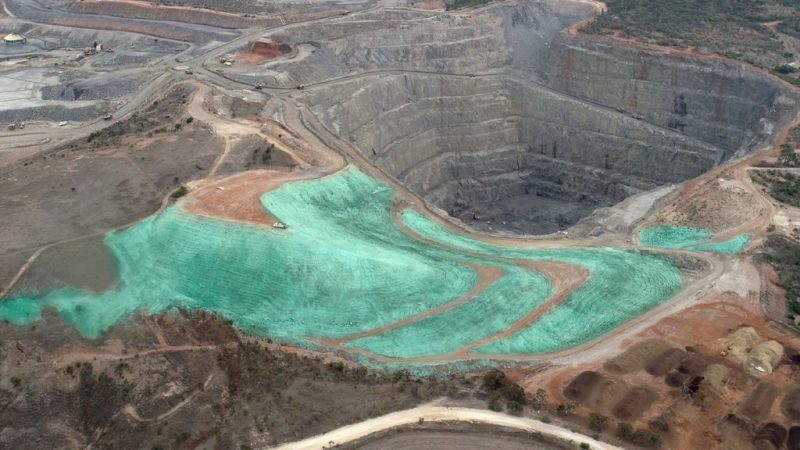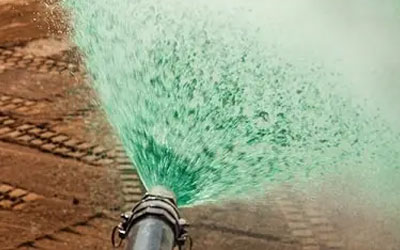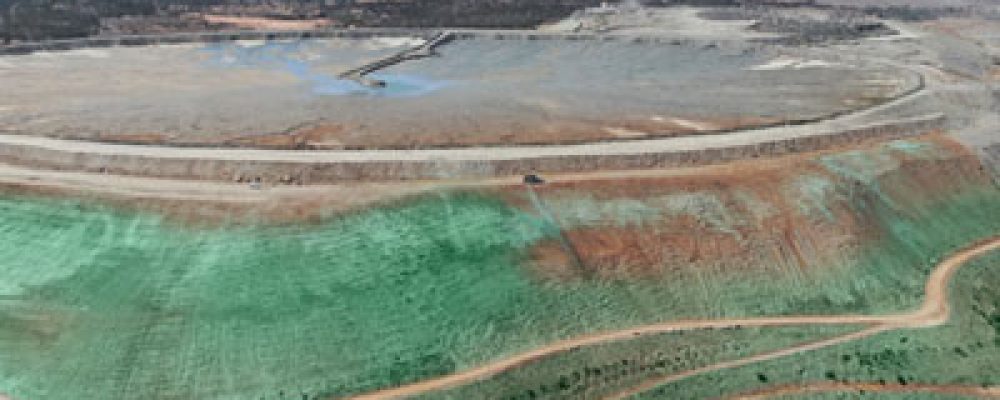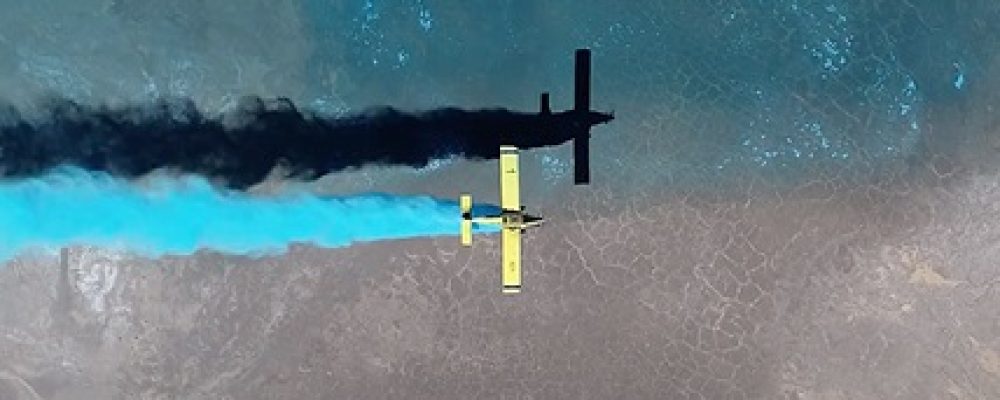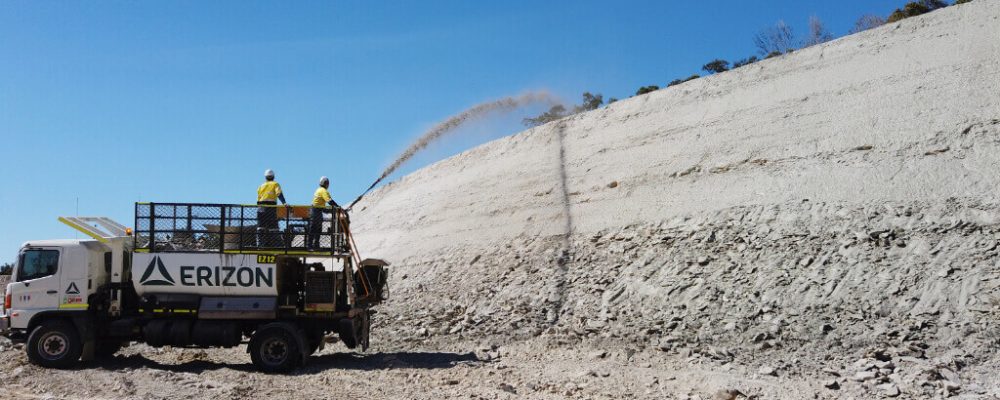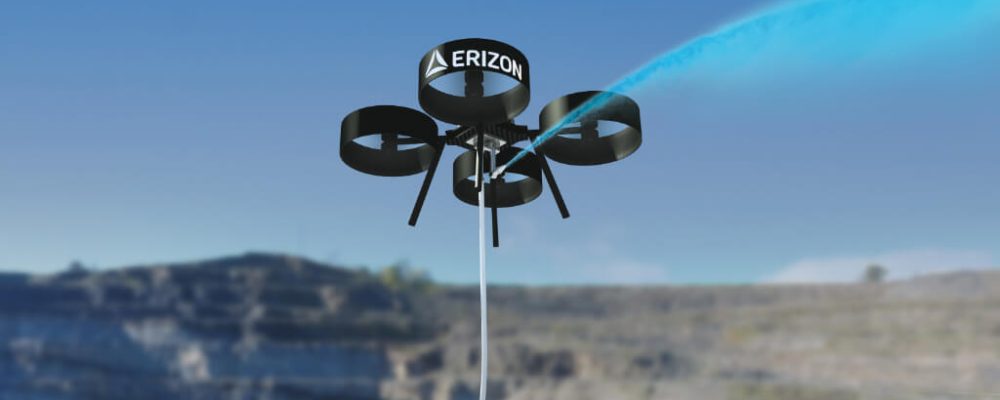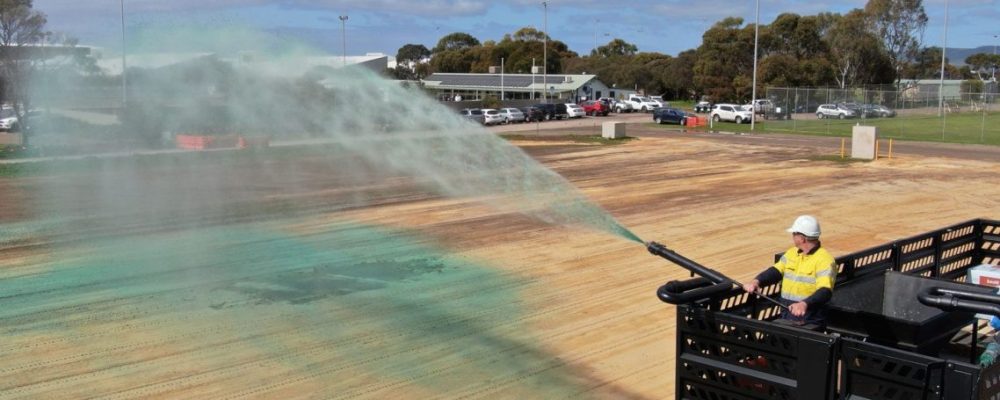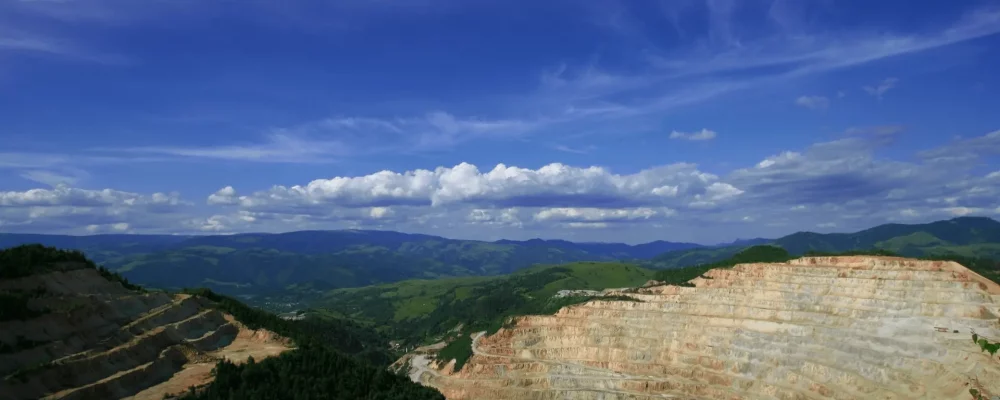Effective erosion control is crucial to protecting the value and productivity of your land.
Without effective erosion control, the soil becomes naturally exposed to the physical forces of water run-off. This water strips the valuable topsoil of nutrients and can potentially clog up local waterways, causing algal bloom and widespread ecosystem disruption.
Soil erosion is not only detrimental to the environment but also poses a potential risk of financial loss and land productivity.
So how can you protect your land from soil erosion?
Well, fortunately, there are a variety of erosion control solutions available. By applying some relatively simple solutions, you can control and prevent soil erosion.
Let’s find out how.
What is Soil Erosion?
First, before learning about the different erosion control solutions, it’s essential that you understand what soil erosion is and the various forces that cause soil erosion.
Soil erosion is a naturally occurring process that impacts all land. It involves the movement and transfer of the soil’s upper layer, or topsoil, by different agents such as water, wind, and mass, which causes much degradation. Although a natural phenomenon, human activities such as agricultural practices, deforestation, urbanisation and road construction have massively accelerated the severity of soil erosion.
Forms of Soil Erosion
There are many types of soil erosion; these include:
- Water Erosion
- Sheet and Rill Erosion
- Scalding
- Gully Erosion
- Tunnel Erosion
- Stream Bank Erosion
- Erosion on Floodplains
- Wind Erosion
However, for this article, we will only be focusing on the two main types of erosion.
Water Erosion
Following heavy rain on the soil surface, soil aggregates are broken into smaller pieces, filling the gaps in other soil particles leading to reduced water penetration in the soil. As water can no longer permeate through the soil at a rapid rate, it begins to pool and run along the surface.
Over long or steep slopes, vast physical forces of water can be produced which can carve out gullies and effortlessly wash away considerable portions of valuable topsoil. High shear forces can also be a significant issue for batters as they are often relatively steep and a single massive rain event can cause substantial damage if left unprotected.
Wind Erosion
Under the right conditions, wind erosion can cause significant losses to your soil and property. Without any protection, strong and sustained winds along with dry soils contribute towards severe soil loss.
Aside from the loss of quality topsoil, the movement of soil can be detrimental to your health, the health of others around you, and nearby crops.
For these reasons, you must have erosion control measures in place. We suggest these two erosion control methods.
Revegetation
Revegetating through hydroseeding and/or hydromulching methods are both practical ways to permanently stabilise soil surfaces. Such types of soil may include high incline slopes, and require much less labour and are visually more appealing.
Not to mention, once the vegetation has established, hydroseeding and hydromulching methods can both be self-maintaining, provided there is adequate water supply either through moderate rainfall or irrigation.
If you conduct hydromulching application during a period of expected high rainfall, the utilisation of a more resilient product such as EnviroLoc® BFM or EnviroSprout HGM should be a consideration. Both products contain a higher proportion of long mulch fibres and a binding agent, allowing them to become durable against heavy rainfall by forming a hard crust, reducing water run-off.
Revegetation to Address Wind Erosion
Revegetating through hydroseeding or hydromulching is a practical way to stabilise soil surfaces permanently. Vegetation protects soil from wind erosion by reducing the wind speed at the soil surface. Plus, the use of mulch in the initial stages of revegetation helps protect the soil by acting like a solid, impenetrable layer.
Blankets and Mesh
Blankets and mesh are the obvious erosion control solutions that you are likely to consider. However, erosion control blankets and mesh require significant high-risk labour to install and can be quite unsightly. You will also need to consider the cost. Mesh and blanket products can be considerably more expensive than other erosion control methods, especially if you are looking to protect large open areas like an ash dam or farmland.
Blankets Against Wind Erosion
Blankets will ultimately cut down the wind speed at the soil surface. However, again, you will need to consider the cost of installation seriously. This form of erosion control method may be too costly and covering considerable areas requires significant labour as well.
EcoArmour®
Alternatively, there is a heavy-duty, long-term erosion control blanket called EcoArmour® Erosion Control Blanket. Australian designed and manufactured; this product has proven it can withstand cyclonic conditions, maintaining its structure while remaining porous and allowing water to penetrate through the soil beneath. EcoArmour® is hydrophobic, which will stop any plant growth penetrating through the medium while maintaining erosion control.
What’s The Right Solution for Your Land?
So, if you think your next project requires erosion control, consider hydromulching, hydroseeding or another spray-on erosion control solution, such as EcoArmour®, as a long term and sustainable way to keep your soil where it’s supposed to be.
We do recommend that you consult with seasoned experts initially as you go through the planning stage of your erosion control project. The options mentioned in this article are all viable. However, there is a critical need to examine variables such as the cause, severity, and accessibility of your land.
It is essential, therefore, to investigate the lay of the land first. Then formulate a sound plan before fully implementing your erosion control project to maximise results.
Want to know what specific solution fits your tract of land? Contact our experienced specialists today!
